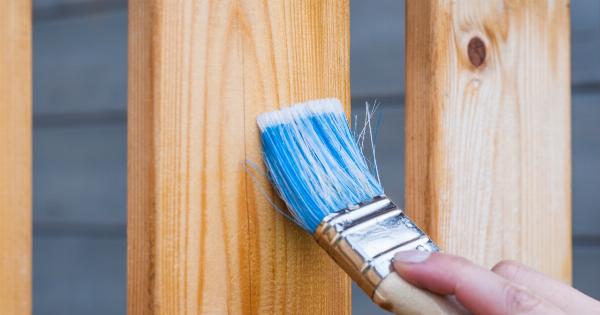Seasonal allergies, also known as hay fever or allergic rhinitis, affect millions of people worldwide.
These allergies occur when the body’s immune system overreacts to allergens present in the environment, triggering symptoms such as sneezing, itching, congestion, and a runny nose. While allergens like pollen from trees, grasses, and weeds are the primary culprits, weather conditions can also play a significant role in worsening allergy symptoms.
This article explores how weather elements such as temperature, humidity, wind, rain, and other factors can aggravate seasonal allergies.
1. Temperature Changes
Temperature fluctuations can impact seasonal allergies in various ways. When temperatures rise, plants release more pollen into the air, leading to increased exposure and heightened allergic reactions.
On the other hand, when temperatures drop, people tend to spend more time indoors in closed environments, leading to greater exposure to indoor allergens such as dust mites, pet dander, and mold.
2. High Humidity
High humidity levels can exacerbate allergy symptoms by promoting the growth of mold and dust mites, both of which are common triggers for allergic reactions.
Mold thrives in damp environments, and when humidity levels are high, it creates an ideal breeding ground for mold spores. Dust mites also thrive in humid conditions, and their waste particles can trigger allergies in susceptible individuals.
3. Windy Conditions
When it’s windy outside, allergy sufferers often experience worsened symptoms. Wind can carry pollen over long distances, increasing the likelihood of exposure and allergic reactions.
Even if an individual is not directly in contact with plants producing allergens, the wind can transport pollen particles to their location, resulting in increased symptoms.
4. Rain
Rain can have both positive and negative effects on allergy symptoms. On one hand, rainfall can temporarily clear the air of allergens like pollen, providing some relief for allergy sufferers.
However, rain can also lead to increased plant growth, which subsequently releases more pollen into the air once it dries up. Additionally, molds thrive in moist environments, so post-rain periods may contribute to higher mold spore counts.
5. Thunderstorms
While rain can temporarily reduce allergens, thunderstorms often bring about a sudden surge in allergy symptoms.
During thunderstorms, the change in atmospheric pressure, strong winds, and electrical charges can rupture pollen particles into smaller fragments. These smaller pollen particles are then easily inhaled into the respiratory system, potentially triggering severe asthma attacks in individuals with pollen-associated asthma.
6. Seasonal Transitions
When transitioning between seasons, allergy sufferers may experience a spike in symptoms. During the transition from winter to spring, for example, trees begin to release pollen, leading to increased allergic reactions.
Similarly, in the transition from summer to fall, ragweed pollen becomes prevalent, provoking allergies in susceptible individuals. These seasonal shifts introduce new allergens into the environment, causing a sudden increase in allergy symptoms.
7. Air Pollution
Poor air quality and high levels of air pollution can worsen allergy symptoms. Air pollutants such as smoke, vehicle exhaust, and industrial emissions can irritate the respiratory system, making individuals more susceptible to allergens.
Asthma sufferers, in particular, may experience more frequent and severe attacks when exposed to high levels of air pollution.
8. Climate Change
The ongoing climate change has the potential to significantly impact seasonal allergies. Rising global temperatures and increased carbon dioxide levels have been found to increase the production and potency of allergenic pollen.
This prolonged and intensified pollen season can lead to prolonged allergy symptoms and may contribute to new cases of allergies in individuals who were previously non-allergic.
9. Indoor Environment
While seasonal allergies are typically associated with outdoor allergens, the indoor environment can also worsen allergy symptoms. Indoor allergens such as dust mites, pet dander, mold spores, and cockroach droppings can trigger allergic reactions.
Factors like poor ventilation, humidity, and inadequate cleaning can contribute to increased indoor allergen levels, intensifying allergy symptoms even when individuals spend most of their time indoors.
10. Allergy Management
Understanding how weather conditions can aggravate seasonal allergies is vital in managing allergy symptoms effectively. To minimize the impact of weather-related triggers:.
1. Monitor pollen forecasts and stay indoors during peak pollen times.
2. Keep windows closed to prevent pollen from entering your home.
3. Use air purifiers with HEPA filters to trap allergens indoors.
4. Clean and vacuum regularly to reduce dust and other allergens indoors.
5. Control indoor humidity levels with dehumidifiers and air conditioners.
6. Seek medical advice and consider taking allergy medications or immunotherapy.
By understanding the relationship between weather conditions and seasonal allergies, individuals can better manage and control their symptoms.
It is important to consult with a healthcare professional for personalized advice and treatment options to effectively combat seasonal allergies.






























